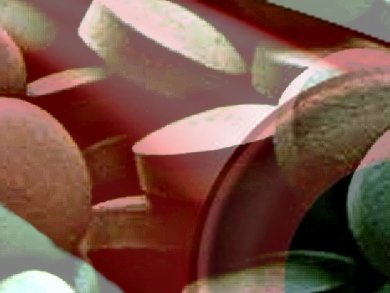Spirulina platensis, a water blue-green alga and food supplement due to its high amount of proteins, polysaccharides, and vitamins, has been associated with potent biological effects. These might include important relevance in atheroprotection which were thought to be due to an algal protein complex called phycocyanobilin (PCB). PCB is structurally related to the human bile pigment bilirubin, which is clinically proven to protect against oxidative-stress related diseases such as atherosclerosis. In humans, bilirubin is made when the enzyme haem oxygenase-1 (Hmox1) catalyses the breakdown of haem.
Petr Nachtigal, Charles University, Prague, Czech Republic, and colleagues have shown that both PCB and S platensis can upregulate Hmox1 mRNA expression and activity in mice. While the exact mechanism of this is still unclear, it clearly demonstrates that spirulina has a positive effect on Hmox1 expression and Hmox enzyme activity in endothelial cells.
- Spirulina platensis and phycocyanobilin activate atheroprotective heme oxygenase-1: A possible implication for atherogenesis,
Zbynek Strasky, Lenka Zemankova, Ivana Nemeckova, Jana Rathouska, Ronald J Wong, Lucie Muchova, Iva Subhanova, Jana Vanikova, Katerina Vanova, Libor Vitek, Petr Nachtigal,
Food Funct. 2013.
DOI: 10.1039/C3FO60230C



